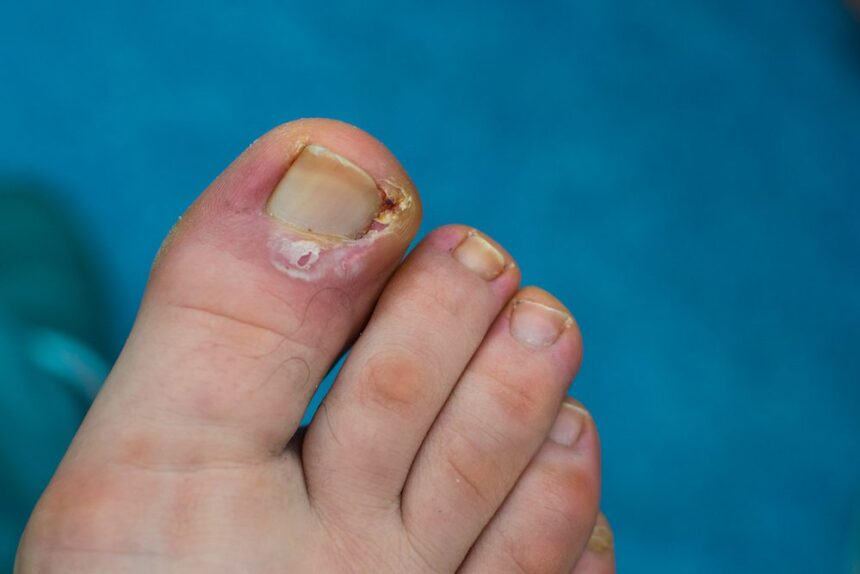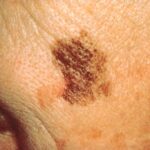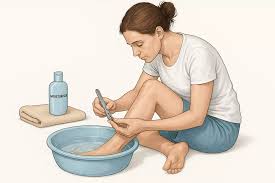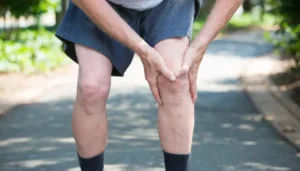An ingrown toenail is a common condition that occurs when the edge of a toenail grows into the soft flesh of the toe. This may lead to discomfort, redness, swelling, and sometimes infection. While any toe can be affected, the big toe is the most frequent site for an ingrown nail to develop. Understanding the causes and available treatments can help you manage this condition and determine when professional medical care is necessary. Here’s more information on ingrown nails:
What Causes an Ingrown Toenail?
Several factors contribute to the development of an ingrown toenail. One of the most common causes is improper nail trimming. Cutting your toenails too short or rounding the edges may encourage the nail to grow into the surrounding skin. The toenail plate is meant to grow straight out, and altering its natural path may lead to complications.
Footwear that crowds the toes places consistent pressure on the nails, which may force the nail to grow abnormally. Wearing shoes that are too tight or narrow can cause this nail damage over time, leading to ingrown nails. Other contributing factors include trauma to the toe, like stubbing it, or having naturally curved toenails.
For some individuals, heredity plays a role in their predisposition to this condition. The symptoms of an ingrown toenail often develop progressively and may include:
- Pain and Tenderness
- Redness and Swelling
- Fluid Buildup
- Infection
What Are Some At-home Treatments?
For minor ingrown toenails without signs of infection, some at-home care may help alleviate symptoms. If your pain is severe, if you suspect an infection, or if you have a condition like diabetes or poor circulation, it is imperative to see a podiatrist promptly rather than attempting self-treatment alone. Here are some common at-home treatments for minor ingrown nails:
Epsom Salt Soak
Soaking the affected foot in warm water with Epsom salts for 15-20 minutes, a few times a day, helps reduce nail swelling and tenderness. After soaking, be sure to dry your foot thoroughly. This process can help soften your skin and may alleviate some nail pressure.
Antibiotic or Petrolatum Ointment
Over-the-counter options, like antibiotic or petrolatum ointments, can help hydrate and protect the affected toe area. After applying an ointment, covering your toe with a bandage helps provide a clean and cushioned environment for healing. Avoid trying to cut or dig out the nail yourself, as this can worsen the condition or introduce infection.
What Are Some Medical Treatments?
If an ingrown toenail is severe, infected, or recurrent, a podiatrist may recommend a minor surgical procedure. These treatments are typically performed in the office with a local anesthetic to minimize discomfort. One common procedure is a partial nail avulsion, where the podiatrist removes the portion of the nail that is growing into the skin. For very severe or recurring cases, a complete nail avulsion, which involves removing the entire toenail, may be recommended.
Contact a Podiatrist Today
While at-home remedies may provide temporary relief for mild cases, an ingrown toenail can become a significant medical issue if left untreated. If you notice signs of infection, have persistent pain, or suffer from chronic ingrown nails, contact a podiatrist for an evaluation. They can accurately diagnose the problem and provide appropriate treatment to relieve your discomfort effectively.














